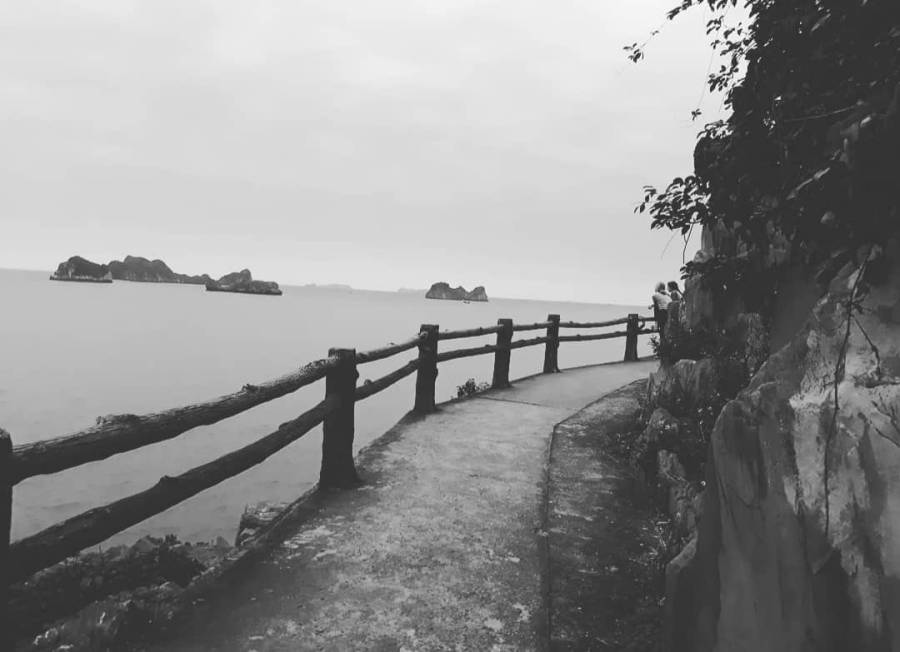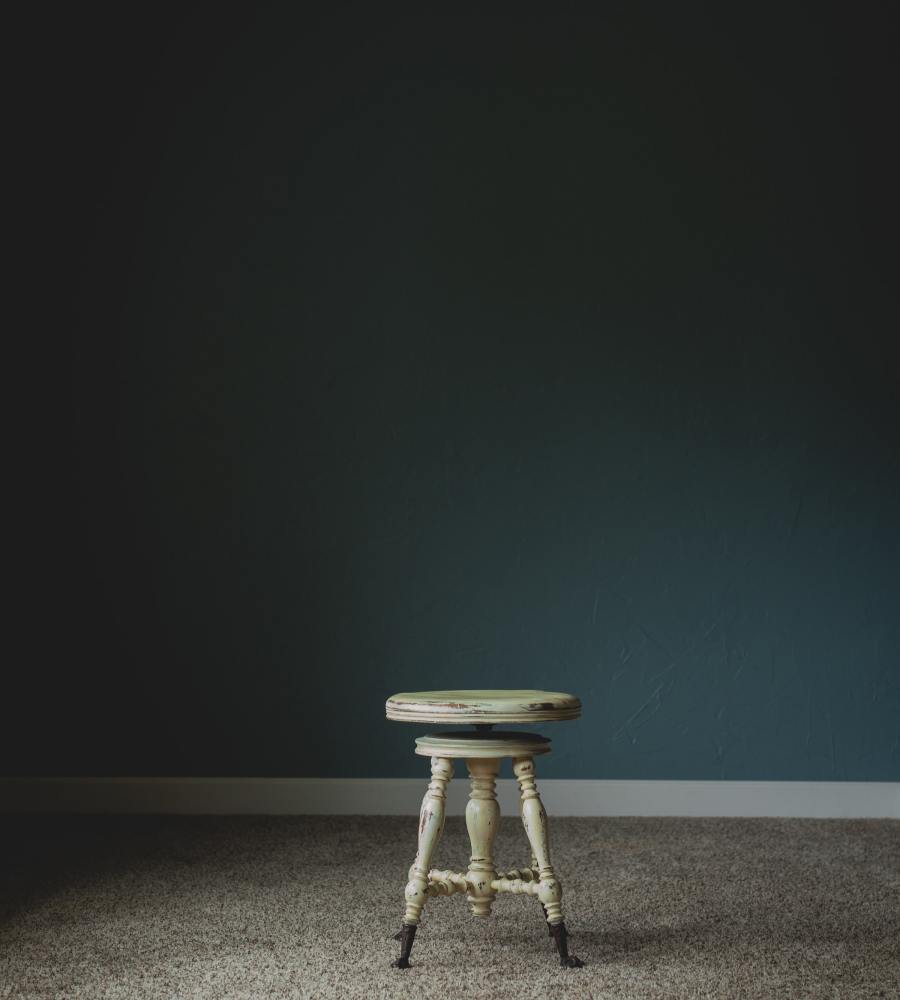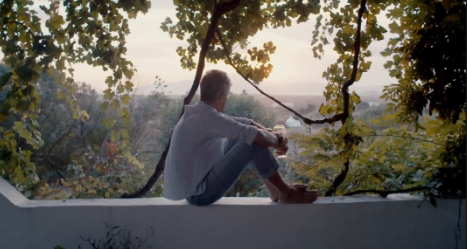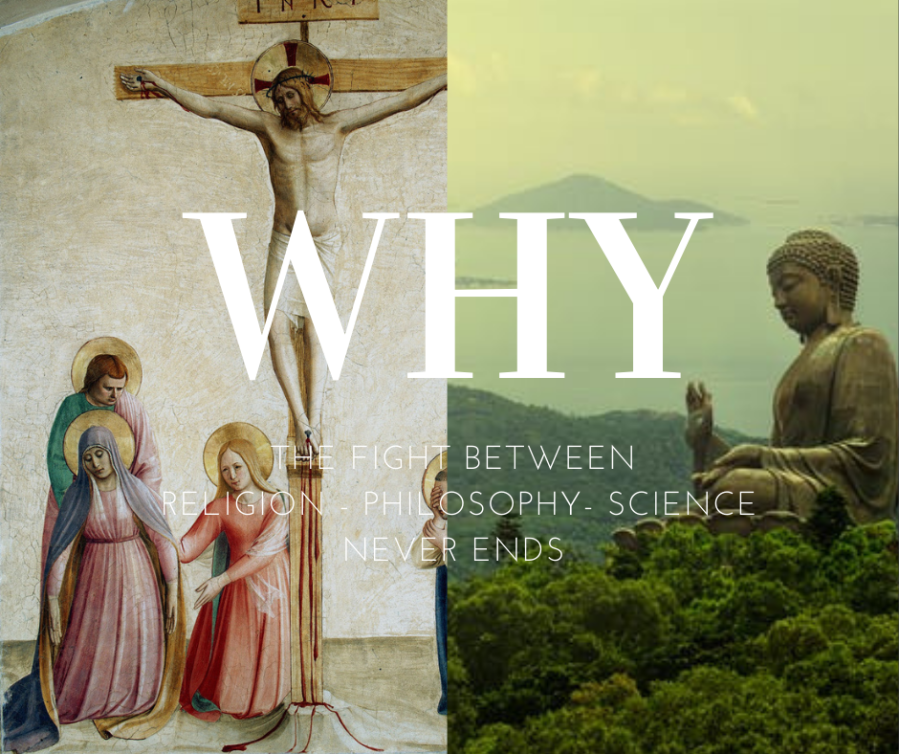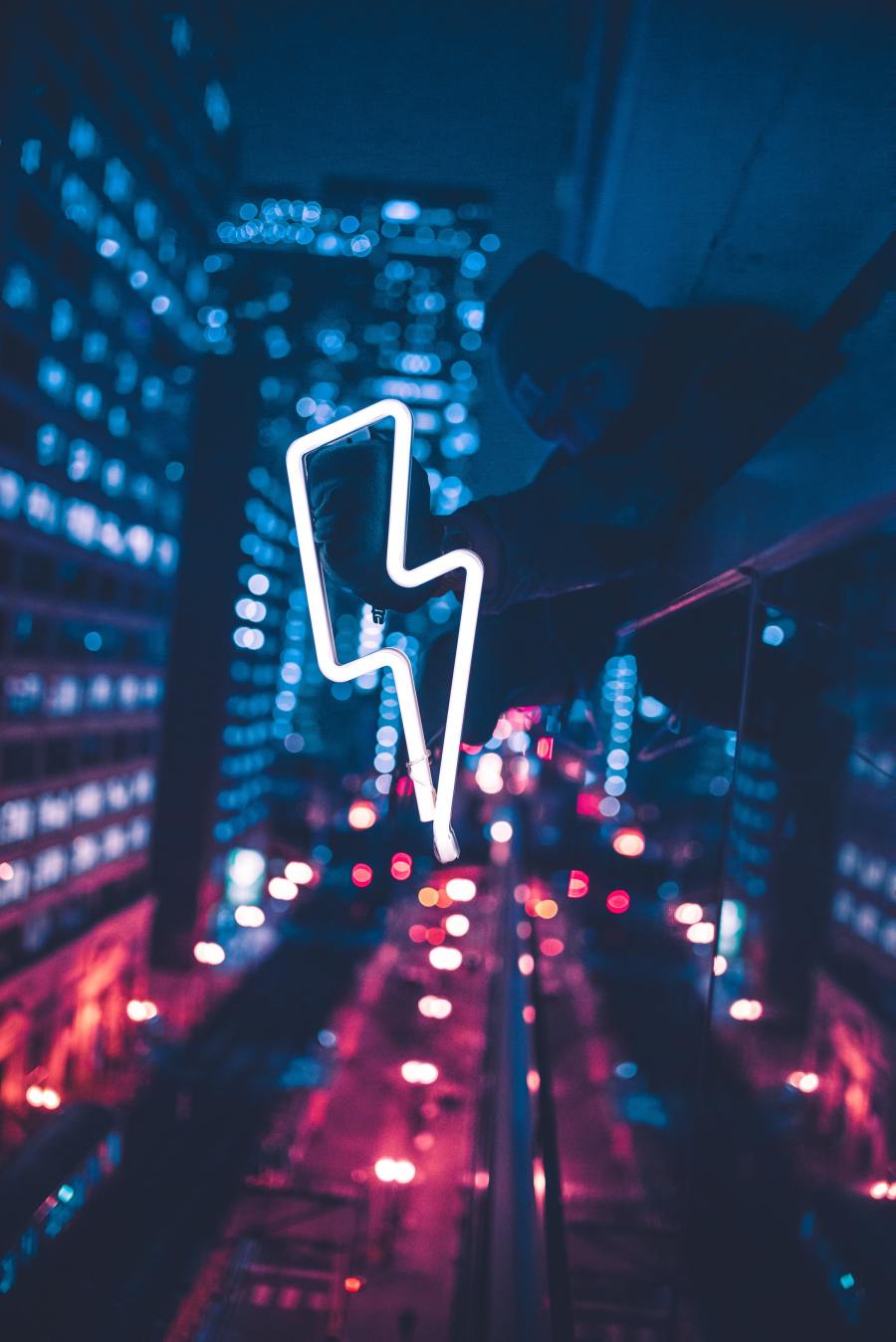“Let’s resume our literature book club“, my friend says.
We all get excited. It seems like the right move, I thought.
“What are you guys reading?”, she asks.
Turns out we are all reading very dark stuff. Woodcutters by Thomas Bernhard, or “No longer human” by Osamu Dazai, to name a few. The former is a very edgy-but-juicy rant of a writer about….writer community – a self-destructive satire :)), while the latter is a story of alienation, set in a very problematic Japanese social setting.
“Hmm, seems like our topics keep getting darker. We gotta be careful. Pessimism isn’t always deep (and by that logic, optimism isn’t always shallow)“, she says.
That gets me think a bit. This topic comes up sometimes in my mind.
Is pessimism always deep? Is optimism always shallow?
Why art in general and literature in particular so filled with sadness and suffering?
Of course, life is filled with sadness and suffering, but life is also filled with beauty and wonders. By that logic, should there be more art that focuses on the more optimistic side of life?
Should we see this the way Graham Greene sees it? In “the end of the affair”, he wrote:
“The sense of unhappiness is so much easier to convey than that of happiness. In misery we seem aware of our own existence, even though it may be in the form of a monstrous egotism: this pain of mine is individual, this nerve that winces belongs to me and to no other. But happiness annihilates us: we lose our identity.”
“In misery we seem aware of own existence”, hmmm….I guess there is some sense in that…..I guess that’s why in traumatic times of history, we also had great literature. It’s easier to convey the sense of the individual at wartime, for example. Pressures and constraints force a person to react, reflect, make a hard decision, or painful compromise. That process brings out intense feelings or thoughts that would otherwise be buried in mundane, ordinary life.
Even novels that deal with mundane life details (such as modern novels by Irish author Sally Rooney, or the movie “a marriage story”) contain some key social conflicts. In “Normal people”, the two key characters have pretty different social backgrounds (but this time, she is…rich ;), so kinda an anti-Jane Austen type). I wonder how the story would be like if they come from the same neighborhood, for example? Would it be a challenge for the author to create a good story?
—
UPDATE 1 – found the answer! just kidding, found something good and relevant
—
The existence of pleasure is the first mystery. The existence of pain has prompted far more philosophical speculation. Pleasure and pain need to be considered together, they are inseparable. Yet the space filled by each is perhaps different.
Pleasure, defined as a sense of gratification, is essential for nature’s workings. Otherwise there would be no impulse to satisfy the needs which ensure the body’s and the species’ survival. And survival—for reasons we do not know—is in-written, inscribed as nature’s only goal. Gratification, or its anticipation, acts as a goad. Pain or the fear of pain acts as a warning. Both are essential. The difference between them, considered as opposites, is that pleasure has a constant tendency to exceed its functional purpose, to not know its place.
Cats display more pleasure when licking one another than when eating. (There is, it is true, in all animals, except ruminants, an urgency in eating which displaces pleasure: the pleasure comes as plenitude after the act of eating.) Horses running wild in a field appear to experience more pleasure than when quenching their thirst. The gratification, necessary in order to provoke impulses towards the satisfaction of certain essential needs, produces, even in animals, a capacity for a generalized experience of pleasure. Gratuitous pleasure.
Perhaps this capacity is linked to the fact that all young animals need to play in order to learn. Between play and gratuitous pleasure there is a face in common. Playing implies a distinction between the real and the playful. The world is doubled by play. There is the involuntary world of necessity and the voluntary world of play. In the second world pleasure no longer serves a purpose but becomes gratuitous.
For us too, the world is doubled by play, but the degree of invention mounts so that play becomes imagination. Imagination doubles and intensifies both pain and pleasure: anxiety and fantasy are born. Nevertheless the same elementary distinction remains. Pain, however much it overflows its source, always has a cause, a center, a locus; whereas pleasure does not necessarily have one.
John Berger. And Our Faces, My Heart, Brief as Photos
———
UPDATE 2- FROM Oscar Wilde’s De Profundis – His fell from grace (into prison for 2 years) gave him some dark materials to write some pretty good stuff.
————
“Prosperity, pleasure and success, may be rough of grain and common in fibre, but sorrow is the most sensitive of all created things. There is nothing that stirs in the whole world of thought to which sorrow does not vibrate in terrible and exquisite pulsation. The thin beaten-out leaf of tremulous gold that chronicles the direction of forces the eye cannot see is in comparison coarse. It is a wound that bleeds when any hand but that of love touches it, and even then must bleed again, though not in pain.
Where there is sorrow there is holy ground. Some day people will realise what that means. They will know nothing of life till they do,—and natures like his can realise it. When I was brought down from my prison to the Court of Bankruptcy, between two policemen,—waited in the long dreary corridor that, before the whole crowd, whom an action so sweet and simple hushed into silence, he might gravely raise his hat to me, as, handcuffed and with bowed head, I passed him by. Men have gone to heaven for smaller things than that. It was in this spirit, and with this mode of love, that the saints knelt down to wash the feet of the poor, or stooped to kiss the leper on the cheek. I have never said one single word to him about what he did. I do not know to the present moment whether he is aware that I was even conscious of his action. It is not a thing for which one can render formal thanks in formal words. I store it in the treasure-house of my heart. I keep it there as a secret debt that I am glad to think I can never possibly repay. It is embalmed and kept sweet by the myrrh and cassia of many tears. When wisdom has been profitless to me, philosophy barren, and the proverbs and phrases of those who have sought to give me consolation as dust and ashes in my mouth, the memory of that little, lovely, silent act of love has unsealed for me all the wells of pity: made the desert blossom like a rose, and brought me out of the bitterness of lonely exile into harmony with the wounded, broken, and great heart of the world. When people are able to understand, not merely how beautiful —’s action was, but why it meant so much to me, and always will mean so much, then, perhaps, they will realise how and in what spirit they should approach me. . . .”


